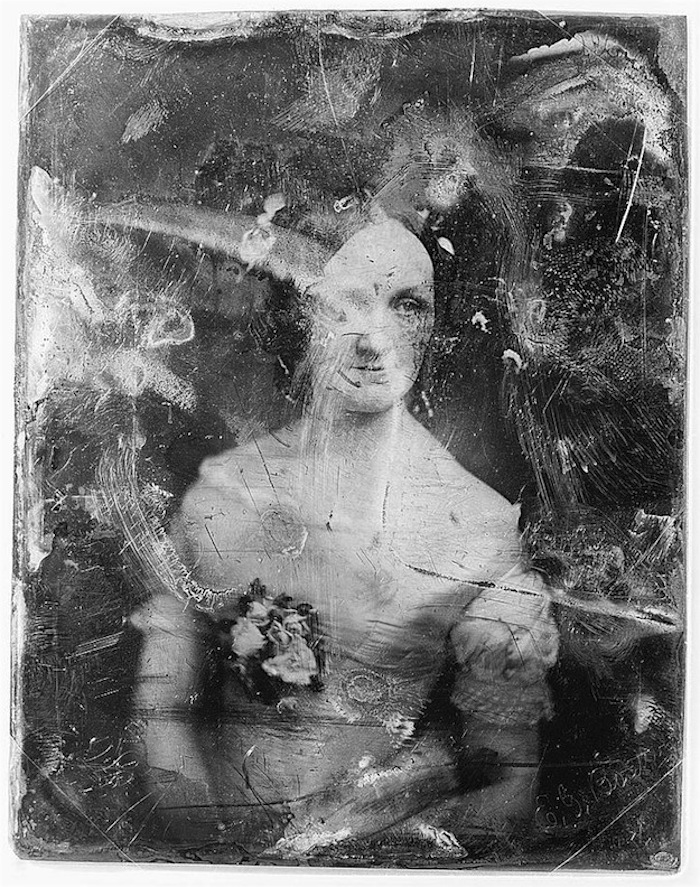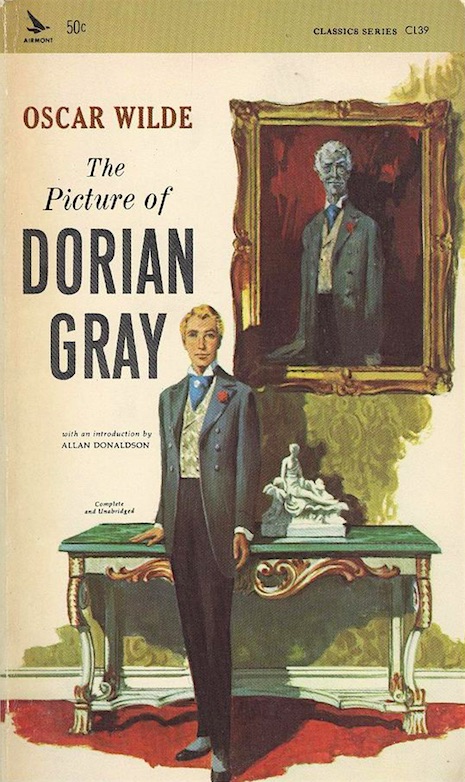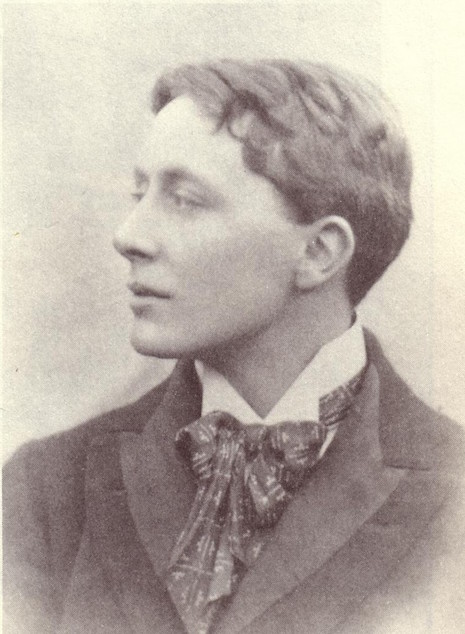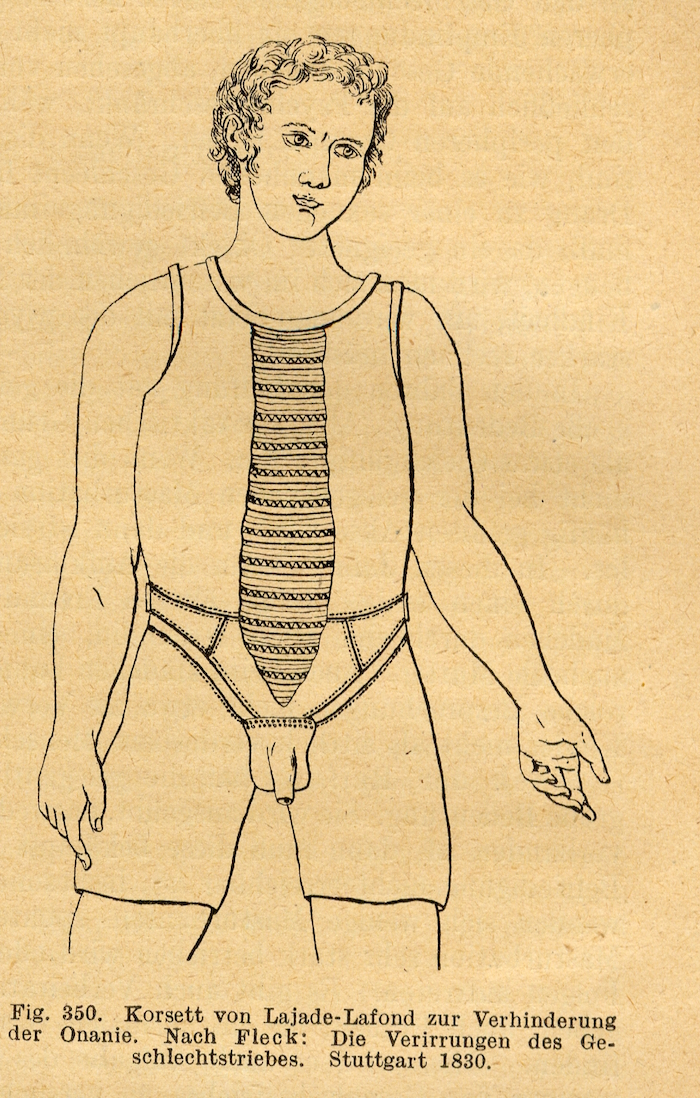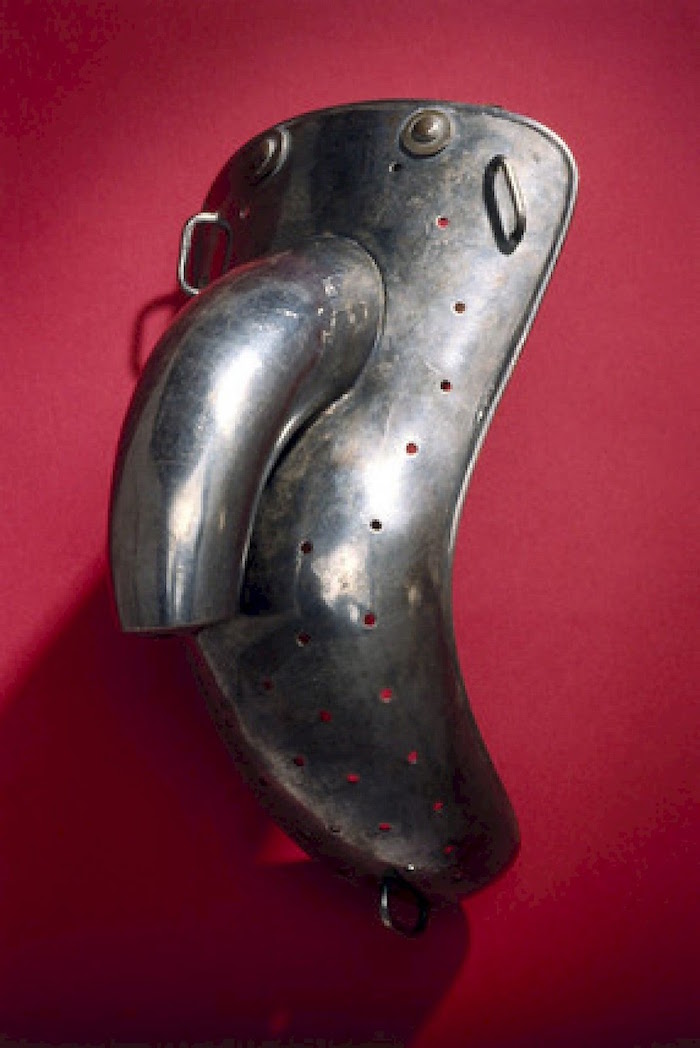
Granada Television produced this fascinating TV time capsule “It’s So Far Out It’s Straight Down” as a special part of their Scene at 6:30 series. The program focused on the young counterculture / hippie scene in London and features Miles, the Indica Gallery and the editorial board of The International Times underground newspaper. Allen Ginsberg, Gregory Corso and Lawrence Ferlinghetti are seen at the International Poetry Incarnation and we are taken to The UFO Club where Syd Barrett and the Pink Floyd are playing a live version of “Interstellar Overdrive” (Also heard on the soundtrack is an early version of their “Matilda Mother,” then called “Percy The Ratcatcher” and “It Can’t Happen Here” by The Mothers of Invention).
Paul McCartney is a talking head interviewee in the studio, intelligently discussing the nascent underground scene. Macca was an active part of the London underground, financially supporting the Indica Gallery and bookstore—he even built the bookshelves himself—and IT. McCartney, the Beatle who soaked up cutting-edge culture and avant garde influences long before the rest of them did, is seen in four segments during the show, and as a wealthy, intelligent and well-respected person representing the counterculture to people who might fear it, as you’ll see, he knocks the ball straight out of the park:
If you don’t know anything about it [the counterculture], you can sort of trust that it’s probably gonna be alright and it’s probably not that bad because it’s human beings doing it, and you know vaguely what human beings do. And they’re probably going to think of it nearly the same way you would in that situation.
The straights should welcome the underground because it stands for freedom… It’s not strange it’s just new, it’s not weird, it’s just what’s going on around.
“It’s So Far Out It’s Straight Down” was broadcast in March of 1967, so it’s pre-Summer of Love. The time seems so pregnant with promise. This is the exact moment, historically speaking, when pop culture went from B&W and shades of gray to vivid color. If you put yourself in the mind of a kid from, say the north of England watching something like this on television during that era, it’s easy to see how this film would have brought tens of thousands of young people into London seeking to find these forward-thinking cultural movers and shakers to become part of “the happening” themselves.
Watch it after the jump…














